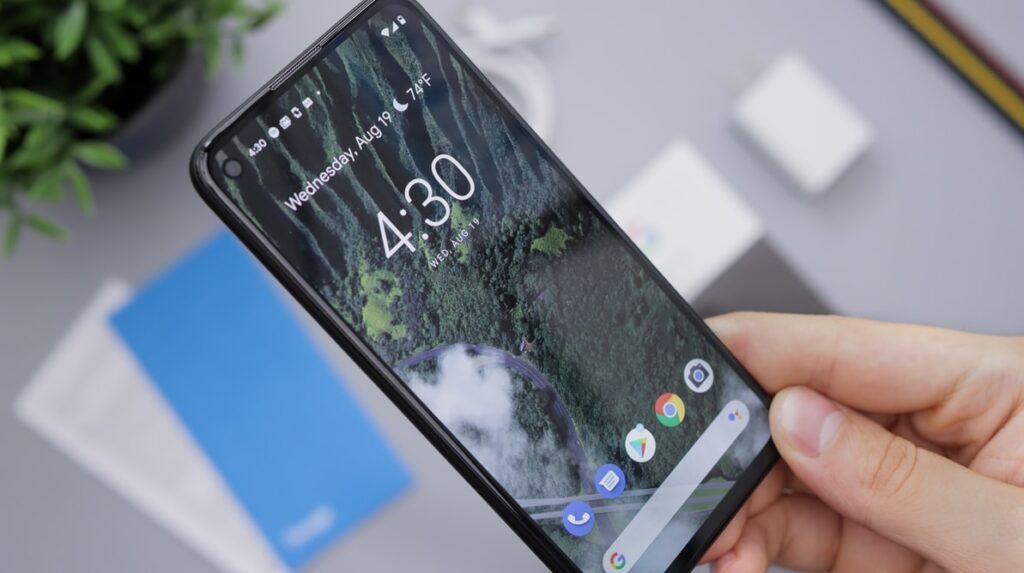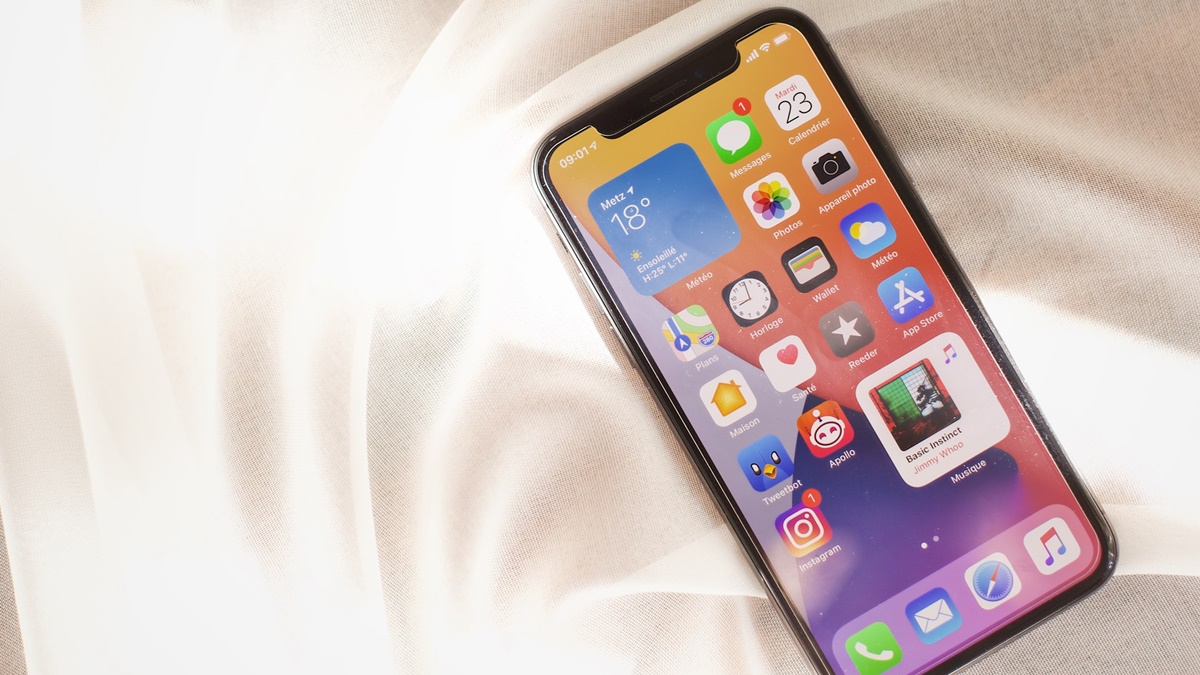The first quarter of the year usually sees a string of smartphone releases from manufacturers like Samsung and OnePlus. In response, this also means many consumers look to trade in their old devices so that they can get their hands on one of these shiny new handsets.
If you’re one of these people, then you may be feeling bamboozled by the sheer volume of different models offered by each brand. Often, their naming conventions don’t help matters either. For example, OnePlus has recently launched the Nord, Nord N10 5G, and the Nord N100, creating a lot of confusion.
The phone you should buy depends on a lot of factors though, including your budget and what you want to use it for. Here are the things you should consider before handing over your cash.
Should You Upgrade at All?
Contents
The average consumer keeps their smartphone for around two years. This is how long most mobile contracts last, with some networks offering an upgrade a month or two early in an attempt to retain customers who are already bored of their handset.
But smartphones will last much longer than this. Most flagship devices made today will last twice as long and still be capable of running most apps. For example, many popular mobile games, including Fortnite and PokerStars, will run on devices made in 2015 and earlier. Even when these games appear to be malfunctioning on an older device, it’s often possible to fix this by clearing cache and data before reinstalling the app.
So the chances are, you don’t need to upgrade. But if you have your heart set on it, the device to buy will depend on what you want from your new smartphone.
Taking Good Photographs
When “camera phones” first became a thing, they’d take tiny images and would be blurry if you tried to make them bigger than the size of a Post-It note. Things are very different today, and most modern smartphones will take great-looking snaps with almost no effort on your part.
If getting the perfect selfie or posting envy-producing holiday photos is what you want from your smartphone, then a handset with a great camera is vital.
In reality, any of the major flagship devices like the Galaxy S21, the OnePlus 8T, iPhone 12, or Pixel 5 will do a great job. Though, it may be worth examining the hardware of each one before deciding which one to go for. Some include telephoto lenses for lossless zoom, while the iPhone includes a LIDAR sensor for adding depth.

Smartphone on a Budget
Smartphones are expensive. A leading flagship device could set you back $1,000 or more in 2021. You can save a lot of money and still get decent hardware by buying a mid-range or budget phone.
Things have moved on from the budget Android devices of the early 2010s that could barely cope with even simple tasks. A mid-range phone in 2021 will run perfectly for most consumers.
Some good options include the OnePlus Nord, the Google Pixel 4a, and the Samsung Galaxy A51. Even the OnePlus 8T, which is technically a flagship smartphone, is still sold at an affordable price.
Apple fans can still get an iPhone on a budget. The iPhone SE 2nd edition comes with almost the same hardware as the iPhone 11 and the styling of the iPhone 8, but costs significantly less than the current flagship iPhone 12.
Smartphone with 5G
Even if 5G technology still isn’t available in your area, chances are it will be at some point soon. It makes sense to buy a smartphone that is 5G enabled so that you can start enjoying the blisteringly fast download speeds as soon as it’s switched on where you live.
Thankfully, you shouldn’t need to do much work in this area; most smartphones released in the last 6-12 months have all come with 5G hardware inside. Only low-end budget options like the OnePlus Nord N100 still don’t include this new standard.
Smartphone for Gaming
Mobile gaming isn’t the same as PC gaming. Older handsets can still run games released today, albeit with some graphics settings turned down a little. If you enjoy playing games on your phone, especially more resource-intensive ones like PUBG Mobile, Asphalt 8 and Call of Duty: Mobile, a flagship device may give you slightly better performance. However, even a mid-range will cope just fine.
Another option is a dedicated gaming phone like the ASUS ROG Phone range. These are usually a little more expensive than flagships, contain the same chipsets, but have specially designed features like shoulder buttons and enhanced cooling.
For most people, a handset like this is overkill and a flagship smartphone would be the more practical option. But if you really love mobile gaming, it may be the way to go.


